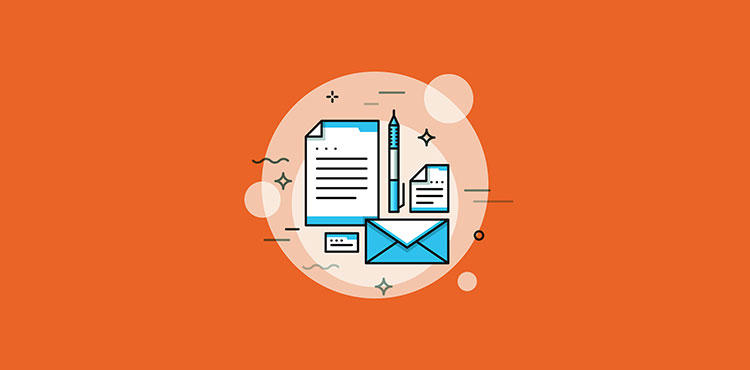Workforce management is a set of processes that help businesses have the right human resources doing the right jobs at the right time. It involves knowing what skills are needed, how many people are needed, for how long you need them, when you need them and where.
Modern workforce management focuses on improving business processes while treating employees as a valued resource. This may lead some to think that modern workforce management is an HR issue, rather it is one that every department in the organisation needs to pay attention to.
It takes into account fulfilling employee expectations and maintaining morale all while supporting employees to do their jobs no matter where they are. In the technological and remote work era, the long list of processes in modern workforce management includes:
- Employee scheduling
- Attendance
- HR management and reporting
- Cost forecasting
- Labour needs planning
- Employee communication
- Payroll preparation
- Data management
- Communication
What modern workforce management can help you achieve
With the help of workforce management software, businesses can reap a number of benefits:
They can offer excellent customer care
In many industries, nothing is more important than a satisfied customer. They can increase profitability, brand love and will share positive reviews that can help businesses attract even more customers.
One of the things that leads to happy customers is the right human resources to serve them. With modern workforce management, managers will be able to deploy the right people for the job at the required time. These employees will be best suited to helping customers and solving their problems. Without a proper system in place, employees may be ill assigned, leading to delays and frustrations for customers.
They can offer excellent employee care
In order for employees to offer top notch customer care, they need to be taken care of as well. With modern workforce management, you can do just that. It enables you to plan for and forecast labor requirements. You can also track the number of hours worked and create schedules that will prevent employees from both under and over working.
Clear schedules that support employees help them to know when they need to work ahead of time, enabling them to plan for work and activities outside of work. This will help in the achievement of that desired work life balance.

You will score higher with employees if you allow them to have input on their schedules. This will allow them to build flexibility into their work. According to a survey by Deloitte, 94% of employees said they would benefit from more flexibility at work. Not only will this improve job satisfaction, it will also improve attendance and tackle absenteeism.
They can increase productivity
Modern workforce management eases some administrative tasks, thus allowing employees to focus on their primary tasks and increase productivity. Processes like attendance recording and leave management, amongst others, can be automated.
Offering employees self-service apps helps to increase engagement and in turn productivity.
Signs you need modern workforce management
There are certain misconceptions that exist around modern workforce management, for instance; that only large organisations need it or that it primarily benefits lower levels of the organisation. In fact, organisations of all sizes can benefit from streamlining their human resources.
Doing so provides better data and reports to management, thus benefiting both lower and upper levels. That being said, there are signals that it is time for your organisation to switch to modern workforce management.
Your business has grown
Congratulations! Your business is growing. You will see this by an increase in revenue and possibly in customers. This will likely necessitate an increase or change in your labour needs. This is a good time to switch to modern workforce management.
You have more remote employees
Managing employees in even a single location can be a lot of work. Now managing them across different locations and time zones comes with its own unique challenges. Modern workforce management can help you in streamlining everything from schedules, communication and payroll.
Your current systems are outdated
Chances are that you already have a form of workforce management. Maybe you have an HRM system that you have been using for the last few years. If you notice that it doesn’t tick all the boxes it used to, that you have to do a lot of activities manually, then it is time to switch to modern workforce management.
Your business objectives have changed
Perhaps you have hit the objectives you set for your company five years ago. Your new goals may require you to go a different direction in terms of talent needs and what their output should be. Look into change management in order to ease the transition for the entire organisation.
How to get the most out of modern workforce management
Get a comprehensive system that works for your business
Not every system will work for you. Get one that addresses your biggest needs. For instance, your biggest need might be to cut down on the time spent assigning workers to jobs. Your system should address this.
At the same time, you want a system that is comprehensive enough to incorporate other processes and to serve the entire organisation. In this example, one manager should be able to see the availability of all workers to ensure they do not double book them for any jobs.
Create processes that you can duplicate
Make modern workforce management work for you by putting in place processes that can be replicated. A common one to use is the People-Process-Technology framework. This can be duplicated across jobs. It will also reveal loopholes during auditing. Was it the people or the technology who let the project down? You will know and be able to rectify the problem.
Incorporate modules to track compliance
Have up to date records for any necessary certifications for both the organisation and employees in your workforce management system. Automated reminders will make sure that you do not fall out of compliance on your certifications and legislative and tax obligations.
In Summary
Modern workforce management can help you to gain data and insights into workforce policies, help you hire better and manage your employees better. This will help you plan ahead and will have a positive ripple effect on the entire organisation.
Most businesses have a workforce management in place even if it is only a spreadsheet. Now is the time to upgrade to a modern workforce management system that can help you reach and exceed your goals.



